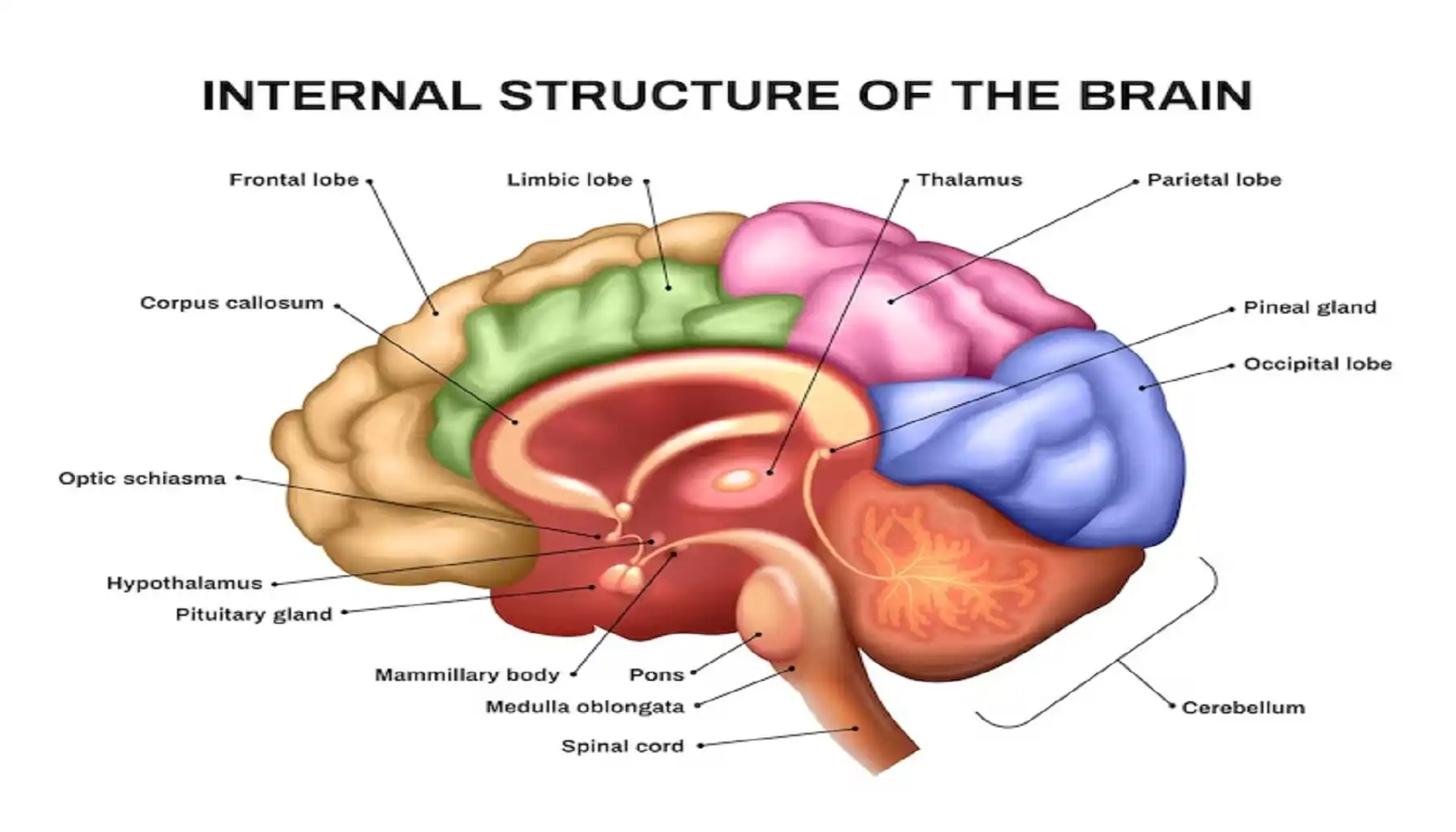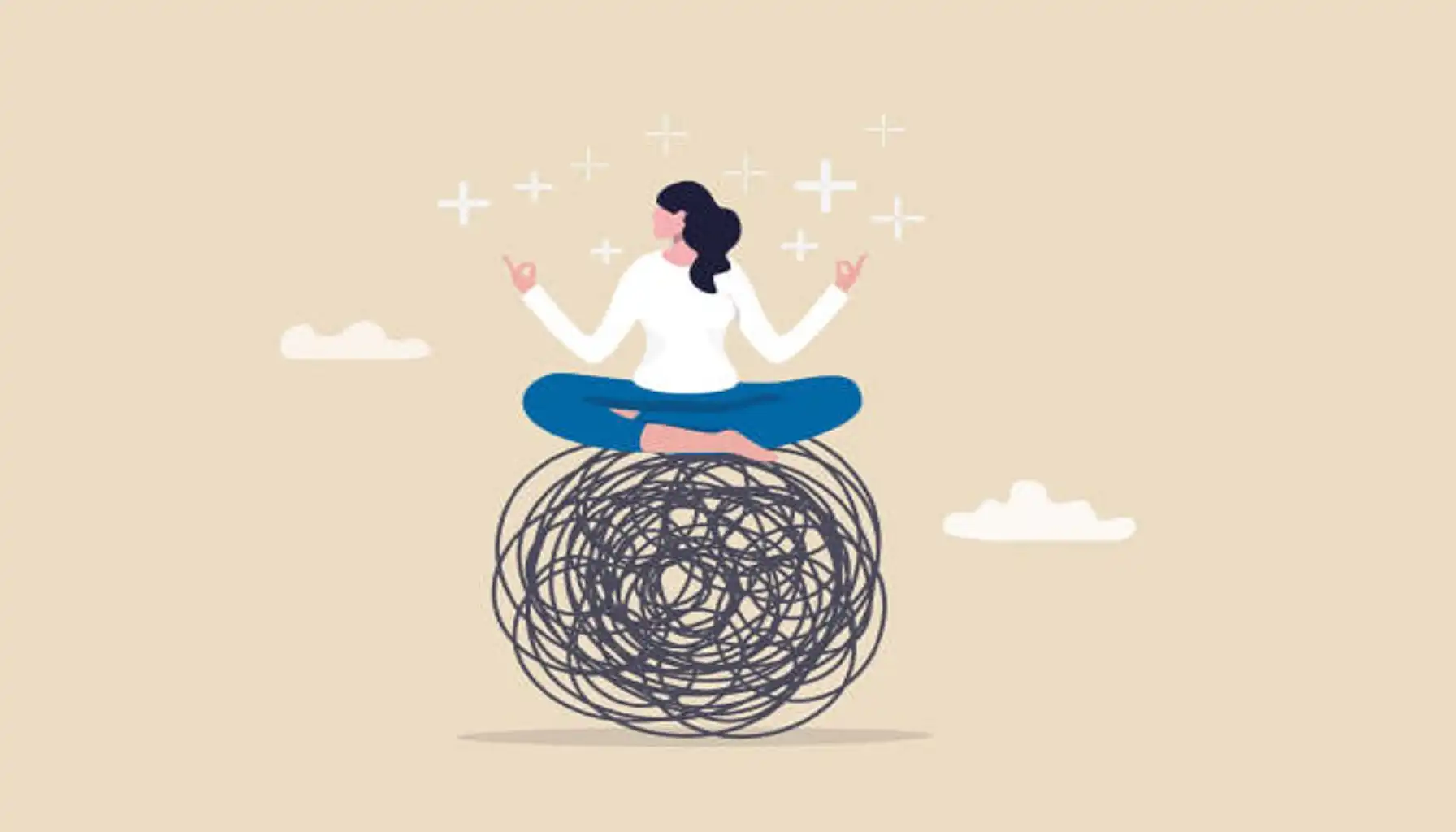What Is Mindfulness Meditation? A Guide to Stress Relief

Contents:
Sometimes, intrusive thoughts seem to prevail and defeat a poor person who only wishes to rest – to breathe without pressure, without noise, without worry. At times, this may be impossible, for the stress finally takes over the mind and dominates one’s identity for long. In these moments, the only thing we can crave is peace – something that cannot be achieved on a whim.
Mindfulness meditations often become a silent, pain-free tool to clear out the brain storage, calm the nervous system, quiet mental noise, and finally regain control over the mind. But how to do mindfulness meditations properly? What does it mean to mediate? How is it explained by psychology and neuroscience, and which brain training techniques to prefer to feel free from your own thoughts when they start to spiral?

First Things First, What Does Mindfulness Meditation Mean?
The healing power of mindfulness should not be neglected – never! Our thoughts are the senses that define how we perceive the world, respond to challenges, and care for ourselves. Today, it is barely possible to imagine the world without stress and distractions that originate deep inside, where thoughts are provoked and distributed. This is when one may appeal to the technique that does not require anything peculiar but your time, concentration, and patience, – mindfulness meditation (MM).
In broad terms, the mindfulness meditation definition may cross other well-known concepts, such as insight meditation or Vipassana practice, all of which mean a mental training technique/practice, rooted in ancient Buddhist philosophy (e.g., Burmese and Tibetan traditions) and dating back over 2,000 years. MM, in general, is about bringing your attention to the present moment to notice and acknowledge thoughts, feelings, and physical sensations as they are. Escaping yourself is not a solution, but MM (in certain cases) surely is.
These days, this practice is widely accepted, studied, and developed, though its origins are deeply rooted in Eastern spiritual traditions (Buddhism in particular). These traditions aimed to develop a quality of focused awareness known in the ancient Pali language as sati. This term, later translated as "mindfulness", originally referred to a type of mental steadiness, i.e., the ability to keep attention from being disrupted.
As of now, i.e., modern time, we are fortunate to observe the successful integration of MM into the modern healthcare systems through programs like Mindfulness-Based Stress Reduction (MBSR), developed by Jon Kabat-Zinn, i.e., the founding father of this movement. Let us explain it in a simpler, more manageable way. MM is a form of mental training that is only possible because of the brain's remarkable ability to change and adapt (see "neuroplasticity"). The mechanisms behind its effectiveness include:
Attention regulation
Body awareness
Emotion regulation, including reappraisal, as well as exposure, extinction, and reconsolidation
Change in perspective on the self

Related article: What Is Existential Intelligence? (Beyond IQ & EQ)
How MM Works in the Brain and Body
MMs are not about calming your rushing thoughts down. Well, technically, they are, but their purpose is far more benevolent, for proper meditations and mindfulness techniques may restructure the brain and affect the whole body in the end. Over the past two decades, different researches have revealed that regular practice can measurably boost reaction speed and affect brain structure and the function it performs.
According to Lara Hilton’s “Mindfulness Meditation for Chronic Pain: Systematic Review and Meta-analysis”, recent studies confirm MM's beneficial effects, though the results are generally modest and based on evidence of moderate quality. Still, the growing body of neuroimaging research offers fascinating insight into why mindfulness works and how.
Structural changes are possible, and these may definitely be associated with consistent, gradual mediation practice: e.g., increases in cortical thickness and gray matter density, as well as changes in white matter connectivity, such as fractional anisotropy and diffusivity. A comprehensive meta-analysis relied on activation likelihood estimation (which included meditation styles beyond mindfulness) and identified brain regions consistently altered by practice:
Frontopolar cortex (greater self-awareness and reflective thinking)
Sensory cortices and the insula (heightened body awareness and interoception)
Hippocampus (memory processing and learning)
Anterior and mid-cingulate cortices (emotion regulation and cognitive control)
Orbitofrontal cortex (judgment, emotional balance, and self-regulation)
Corpus callosum and superior longitudinal fasciculus (communication across brain hemispheres)
Amygdala (the brain's emotional alarm center tied to fear and stress responses).
So, a corpus of 10 independent works on mindfulness meditation benefits and the main areas of influence, clearly explained that such a technique may support the brain function: mindfulness cannot change how you feel. Instead, it changes how your brain works.

Can It Really Reduce Stress?
Yes, and science may prove it once and for all. According to Juliane Eberth's "The Effects of Mindfulness Meditation: A Meta-Analysis", one of the most significant outcomes of mindfulness-based interventions like MBSR is a reduction in stress levels, which is consistently observed in controlled studies.
From the physiological perspective, MMs help lower cortisol levels, i.e., the main stress hormone in the body. Besides, it also reduced activation in the amygdala, the brain’s fear and threat detection center. This is how one may get a more well-regulated nervous system that does not suffer from extremes.
In practice, it is an absolutely useful tool that gives one an opportunity to pause for a moment, reflect, and respond consciously rather than react automatically. This is how meditations may affect inner conditions and provide improved coping mechanisms.
What Are the Benefits of Mindfulness Meditation?
When it comes to the positive changes MMs may provide you with, it is vital to understand that each scientific project reveals relatively the same effects that may go far beyond calming the nerves or whatever. So, how could it improve mental, emotional, and physical health, not to mention?
Increased Mindfulness and Present-Moment Awareness
As expected, regular practice significantly boosts self-attributed mindfulness, i.e., the ability to remain present and attentive without judgment. This allows one to respond more reasonably, without unnecessary disturbing factors and distractions.
Improved Emotional Health and Resilience
Although many clinical studies focus on conditions like depression rather than general well-being, these findings are clear: MMs help reduce symptoms of anxiety, low mood, and emotional reactivity. Hence, over time, MM followers may become less reactive and more resilient than ever.

Support for Mental Health Conditions
As proven by Joseph Wielgosz et al., mindfulness meditation (especially when combined with other types of behavioral therapies) can become a valuable intervention for several mental health issues, including:
Attention disorders (e.g., ADHD)
Post-traumatic stress
Disordered eating and obesity
Psychotic and bipolar disorders
Though this MUST NOT be considered a replacement for medical care, MMs can complement traditional treatments, for they target emotional regulation, attention control, and self-awareness.
Related article: ADD and ADHD: The Key Differences
Improved Self-Awareness and Well-Being
Here, we finally come to a problem that deserves attention, though its importance is regularly neglected – self-awareness. Know thyself. When one understands thought patterns, emotional triggers, and other behavioral hooks (that come from habit formation), it may instantly encourage healthier habits, better decision-making, and a kinder, more accepting relationship with oneself.
Common Myths about MM
Mediations are a complicated concept that has gained an aura of a bit of an unreliable process, thanks to the practices extensively promoted via YouTube and Instagram. Let’s clear up some of the most common myths that surround such a unique and rewarding experience that may make your life better and more balanced.
“Mindfulness means clearing your mind of all thoughts.”
Not really. Mindfulness is not about having a blank mind. Instead, it is about noticing thoughts, accepting them, and coping with them on a more informed level. The goal is awareness, not silence.
“You have to meditate for hours to see benefits”.
It is also not true. Even 10 minute mindfulness meditation a day can make a noticeable difference over time. Consistency is the key.
“Mindfulness is a religious or spiritual practice only”.
Once, it was a spiritual practice, for MM definitely has roots in Buddhist traditions. Nevertheless, today, it is widely used in clinical, educational, and secular settings around the world, including hospitals and therapy.
“If I’m doing it right, I won’t feel uncomfortable”.
It is the task hidden behind a beautiful, elevated image of MMs to bring you face-to-face with discomfort and teach you how to sit with it, rather than run from it.
“Mindfulness is the same as relaxation.”
No, it is hard work. Indeed, relaxation can be a byproduct, but this practice is mainly about presence and awareness, not passive rest. It is an active mental training process that should make you work before you feel free.

How to Practice Mindfulness Meditation?
There is no perfect way to meditate. It is an intimate, person-specific process that requires some time and professional support to find an appropriate approach that fits your needs, lifestyle, and goals. What works for one person may not work for another, and it is okay. Nonetheless, one may try to follow our tips and explore the form of MM that feels most natural, sustainable, and calming enough to be practiced.
Set Realistic Expectations Do not expect immediate results, peace of mind, or a spiritual awakening. It is normal for your thoughts to race at first, since the practice is all about noticing, accepting, and coping with them without judgment. |
Start Small and Stay Consistent 5-10 minutes a day is enough to begin seeing subtle changes. The key is daily repetition at a time that works for you, be it an early morning, during lunch, or before bed. |
Find a Comfortable, Quiet Space You do not need a meditation room. Sit wherever you feel safe and undisturbed, with your spine upright and your body relaxed. Eyes can be closed or softly open. |
Focus on the Breath Your breath is your anchor. Pay attention to its natural flow (in and out). When the mind wanders (which it will), gently guide it back to the breath. That return is the practice. |
Try Guided Mindfulness Meditation Beginner-friendly apps like Insight Timer, Headspace, or Smiling Mind can help you stay on track. Many are based on scientific approaches like MBSR (Mindfulness-Based Stress Reduction). |
Consider a Structured Course Should you be looking for deeper support, consider joining a Mindfulness Meditation–Based Intervention (MMBI). These programs typically run for 8 weeks, with weekly sessions lasting 2.5 to 3.5 hours. Classes usually include 10 to 20 participants and are led by trained facilitators. This is always the best way to start. |
Be Patient and Gentle with Yourself Some days will feel effortless, others frustrating. That is the part of the journey. Every time you return to your breath, you are building focus, resilience, and self-awareness that you might have needed before. This is the way. |
Train Your Brain with Supportive Tools MMs are necessary, but without external support, these might turn out to be useless. One should never forget about strengthening cognitive skills, which build the core for your mental health and stability within. Tools like the Mind Elevate app offer brain-training games that target areas such as:
Incorporate those short, focused exercises into your routine and rest assured that cognitive training is never a wasted effort. It is a gift to yourself. |
Start where you are, and let mindfulness guide you to a calmer, more centered, and resilient mind.





